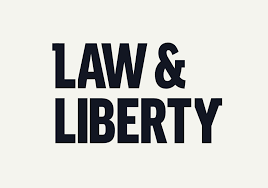Taking Liberties with the Story of Freedom
- sofiapbaker
- Oct 4, 2020
- 2 min read
It was about fifteen years ago, I believe, that I first became aware that “classical liberalism” was a term that could be used to describe a contemporary movement of ideas. Up to that point, I had been teaching about classical liberalism only as a moment in Anglo-American political and economic thought extending roughly from John Locke and Adam Smith to the early 20th century. After the 1920s it was drowned in the wave of socialism that had been building in Europe since the revolutions of 1848 and that crossed the Atlantic to America in the 1890s. The socialists and their welfare state had taken over Britain after the Second World War. Misleadingly rebranded in America as “liberalism” (“high liberalism” in the lingo of political scientists), the tide was running in its favor in U.S. politics, too, when the Cold War and the Second Red Scare turned Americans against socialism. In response, a new, modernized strain of liberalism arose, later christened “neo-liberalism” by its enemies, led by Friedrich Hayek and Milton Friedman, and dedicated to limited government, free markets, and personal liberty. Over several decades, neo-liberalism established political dominance in the West thanks largely to Margaret Thatcher and Ronald Reagan.
So when I received an invitation some fifteen years ago from a group of young men at the Harvard Law School to address their Classical Liberal Seminar, I thought they must be a few genial eccentrics, young fogeys with some sort of antiquarian interest in a long-dead tradition. I didn’t realize that they were the advance guard of what became, in the next decade, an important strand of American political opinion…
